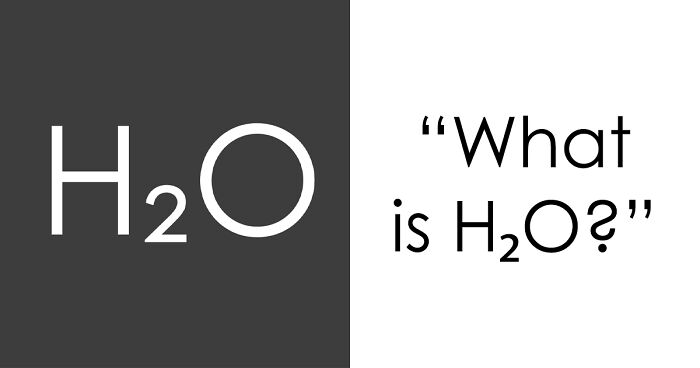Depending on your demeanor, the Camino may feel at times, less a pilgrimage, than a very social shared experience. Maybe pilgrimages have always been this way. Chaucer’s and Boccaccio’s pilgrims were frequently less than pious. For some people, it is a religious experience, a place for prayer, silence, and contemplation. For others, religion is completely absent, or only of historical curiosity, or an abstract contemplation of the universe.
The connections with other pilgrims are often more open, and easier than what they would be with people at home. Confession sometimes just seems to happen, whether religious or not. And, along the way, while walking alone, or when you stop talking, the buried memories surface. Some are processing grief, regret, or fear. Others, the beginning, the end, or the deterioration of relationships. Or, all the other stories that exist everywhere else in the world: a son was killed, an incurable diagnosis, a spouse deserted, you lost your job, or the future seems uncertain and you don’t know what else to do. Perhaps searching for something intangible, that you wouldn’t be able to articulate, even to yourself. Or, you feel some darkness in yourself, and feel that by walking the way over and over, from different routes, you will feel somehow purified, ending in Santiago, or in Finisterre, with your feet in the sea. Frequently anti-climatic, maybe it is less some kind of life-changing experience, than a signal that a change is coming, or something is missing, or needs to be processed by walking, and that the Camino is the place for that.
Symbolized by the scallop shell, the Camino de Santiago is one of the most historically important pilgrimage routes in Europe, after Jerusalem and Rome. Although pilgrims can start at nearly any point they wish, many pilgrims on the most common way, the Camino Frances, start in St. Jean Pied de Port, in southern France, and continue over the Pyrenees almost 800 kilometers to Santiago de Compostela. Other potential routes include the Camino de Norte, the Camino Primitivo, the Camino Ingles, the Camino Portugues, the Camino Aragones, and the Via de Plata. Many pilgrims also continue onwards to the sea, at Finisterre.
More info: matthewthompson.cz
2Kviews
Share on Facebookactually the Caminos used to cross all of Europe from Poland and Denmark to Spain ! cheminstja...a92448.gif 
actually the Caminos used to cross all of Europe from Poland and Denmark to Spain ! cheminstja...a92448.gif 

 Dark Mode
Dark Mode 

 No fees, cancel anytime
No fees, cancel anytime 































































22
1